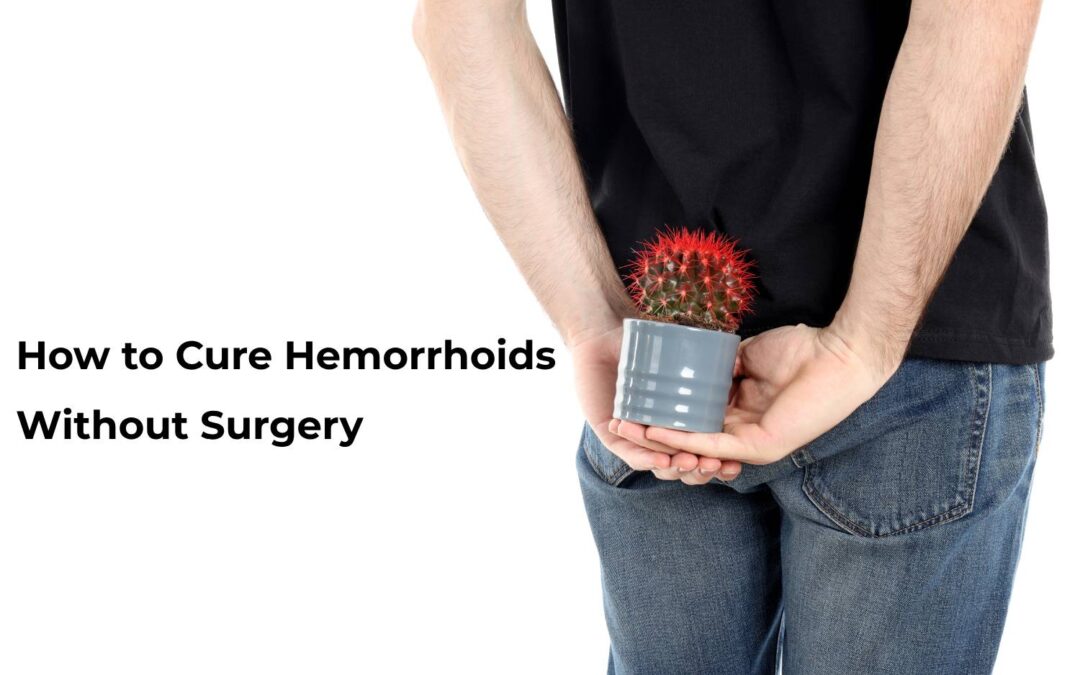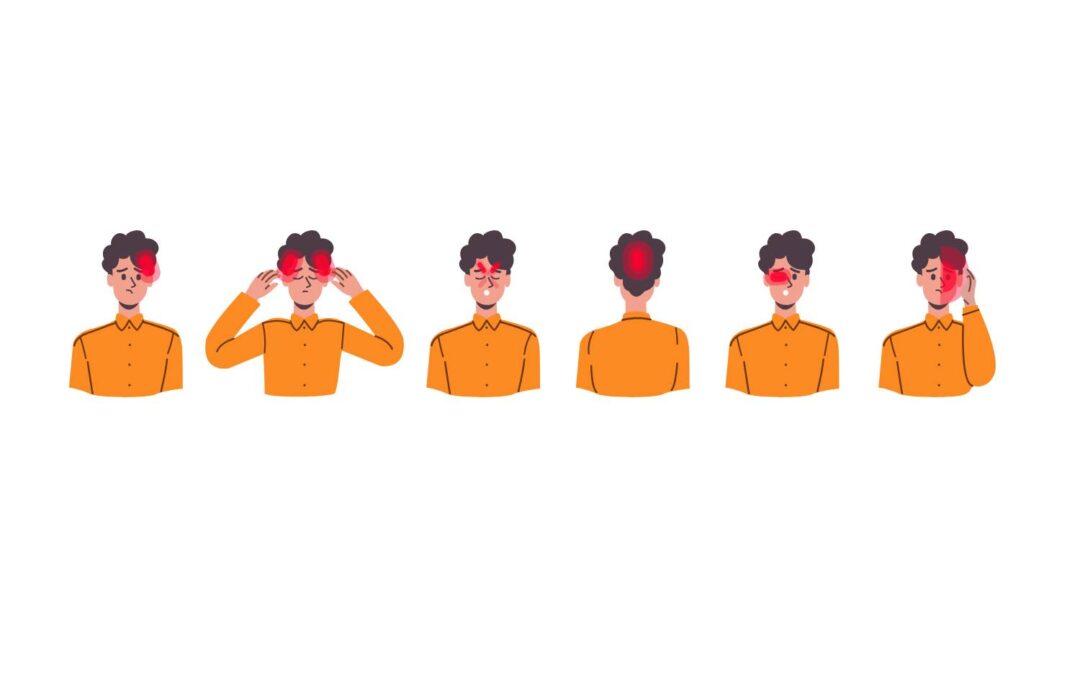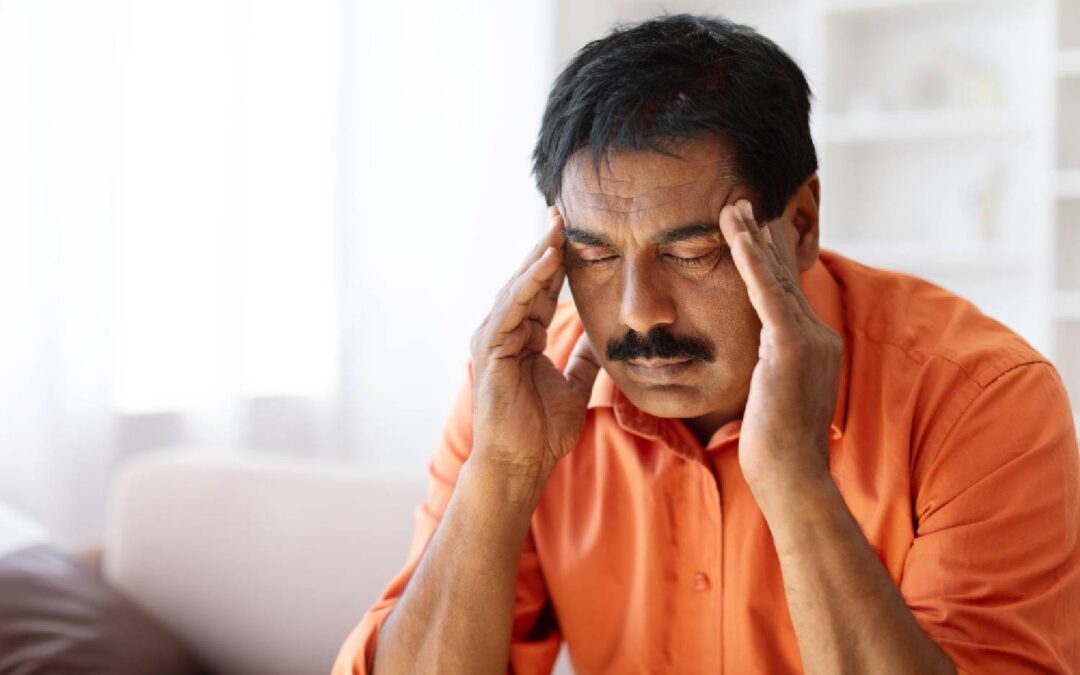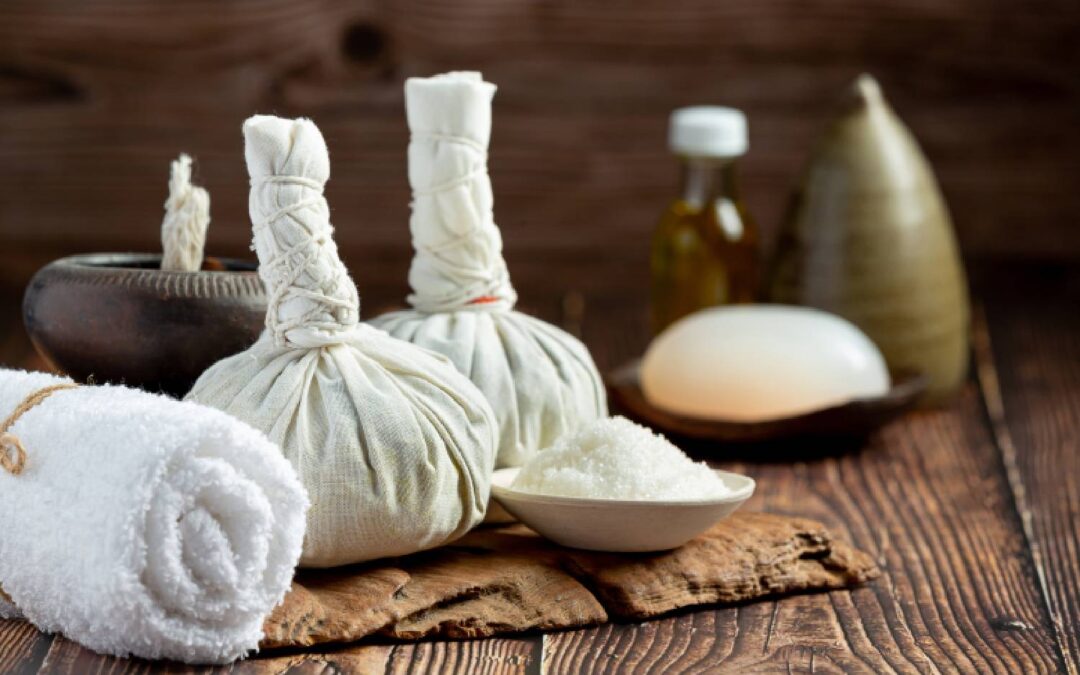
by karthik | Nov 25, 2024 | Uncategorized
What is Panchakarma Treatment?
Panchakarma Therapy is one of the procedures used in Ayurvedic medicine for the detoxification and cleansing processes. It is done for the body; mind and spirit. The procedure includes precisions carried out to make sure that the three doshas are replica watches balanced; Vata, Pitta, and Kapha. This procedure focuses on the purification of the body by rid of toxic substances, containing them in balance, and bringing efficiency back to the body in general.
Like most techniques, purification buy omega replica proceeds in stages with preparatory processes such as Snehan and Swedana, and finally five main cleansing processes called Shodanas. Each therapy is tailored to suit the person’s constitution and health status.
The Five Panchakarma Treatments
The term Panchakarma(Panchkarma Treatment in Bangalore) comprises Sanskrit words that have meanings ‘Five Actions’ reflecting the five fake Rolex datejust primary restorative procedures. These treatments clean out the body from internal substances.
Basti Treatment
What it is: Administering medicinal preparations by means of enema employing herbal oils or decoctions for the purpose of cleaning the colon.
Benefits: It helps in treating conditions such as chronic constipation, arthritis, and other neurological disorders.
How it works: Plant extracts or liquid herbs are injected via the rectum for the purpose of tuning Vata dosha, eliminating harmful substances, and replenishing the inner organs. It also helps digestion by improving the intestines.
Nasya Treatment
What it is: Application of medicine using the nose, for instance, to clear the nose or keep the air passage.
Benefits: Sinusitis, migraine, and any non-normal breathing are less difficult to manage for the patients.
How it works: Cleansing the throat area with Olea essence by nasal route removes phlegm and toxins from the head. This treatment helps in enhancing the clarity of the mind and is useful in playing a balancing role in the Kapha dosa.
Vamana Therapy (Therapeutic Vomiting)
What it is: Induced vomiting to expel toxins from the stomach and upper intestines.
Benefits: That’s fantastic for curing asthma, chronic colds, and skin problems.
How it works: Patients ingest medicinal liquids such as ghee or oil to induce vomiting. This treatment equalizes Kapha dosha and eliminates congestion.
Virechana Treatment (Purgation Therapy)
What it is: Purgation therapy to cleanse the intestines and remove toxins from the lower intestines.
Benefits: Effective for treating skin diseases, hyperacidity, and digestive disorders.
How it works: Patients are given herbal laxatives or decoctions to promote bowel movements, clear excess Pitta dosha, and restore digestive health.
Raktamokshana (Bloodletting)
What it is: The process of cleansing the blood to remove toxins and impurities.
Benefits: Treats skin disorders, hypertension, and other blood-related ailments.
How it works: Techniques such as bloodletting (leech therapy) or controlled bloodletting are used to purify the blood and balance Pitta dosha.
Benefits of Panchakarma Treatments
The excellent body, mental, and emotional benefits of Panchakarma include:
- Detoxifies the body, cleaning out deep-seated toxins
- Improves digestion and metabolism
- Boosts immunity and vitality
- Benefits the skin, with possible slower aging
- Relieves stress and promotes mental clarity
- Restores the doshic balance for overall well-being.
Conclusion
Panchakarma is a transformative therapy that detoxifies and rejuvenates the body, mind, and soul. Treatments such as Basti, Nasya, Vamana, Virechana, and Rakthamokshana cleanse the body and restore doshic balance for optimal health.Visit our Ayurvedic Hospital in Bangalore to experience the profound benefits of Panchakarma and begin your journey toward a healthier, more balanced life.

by karthik | Nov 23, 2024 | Uncategorized
Understanding Piles and the Need for Non-Surgical Treatment
Haemorrhoids are inflammations within the anal region. They can cause pain, irritation, and discomfort. In recent times, a growing number of people around the globe are searching for non-surgical piles treatment. Ayurvedic treatment technology, like the Kshara Sutra and herbs, provides a holistic, easy medical solution for piles fissures and fistula disorders.
What is the Kshara Sutra Treatment for Piles?
Ayurvedic procedure termed Kshara Sutra is a minimally invasive process that helps to cure piles, fissures, and fistulas with a medicated thread. It has various advantages that make it highly effective:
- Quick recovery time
- Less recurrence
- Anal muscles are also preserved for lower risk of problems
This procedure, carried out under local anesthesia, is safe and cost-effective.
Kshara Application: A Non-Invasive Procedure
Kshara is an alkaline herbal paste made from a combination of medicinal plants. A proctoscope is used to place the paste directly on the hemorrhoid. This treatment method chemically cauterizes haemorrhoid, thereby reducing pain and blood flow. Advantages:
- The procedure is non-invasive and painless.
- Fast recovery with minimal hospital stay.
Ayurvedic Remedies for Piles: A Holistic Approach
Ayurvedic treatment for piles, in turn, encompasses more than just symptomatic therapy. It entails:
- Herbal Remedies: Allopathic to balance the dominant dosha and stimulate healing.
- Lifestyle Changes: A healthy diet, stress management, and hydration.
- Panchakarma Therapies: Detoxification techniques like Vamana(Panchakarma Treatment in Bangalore) (emesis) and Virechana (purgation).
Advantages of Kshara Sutra Procedure over Surgical Operation
Compared with traditional surgery, Kshara Sutra Treatment has numerous benefits:
- Preservation of Anal Sphincter: Avoids conditions such as incontinence and anal stenosis.
- Reduced Recurrence: Severe reduction in the probability of developing haemorrhoids again.
- Rapid Recovery: Resume routine activities in 3–5 days.
- Economic Surgery: It is less expensive than other medical treatments.
Kshara Sutra treatment for Fistula and Fissure
The Kshara Sutra not only cures piles but also treats several other conditions:
- Fissures: The Kshara thread heals the tear on the inner lining of the anus completely.
- Fistulas: It ensures full recovery with a negligible chance of infection or its recurrence.
Care post-surgery and restoration
Ayurvedic treatment ensures holistic healing through:
- Wound Healing: Utilization of Ayurvedic Herbs and oils to accelerate recovery.
- Dietary Changes: Preparing a specialized diet to be followed to avoid recurrence.
- Lifestyle Changes: Incorporating activities like yoga, meditation, and stress management.
Why go for Kshara Sutra for Piles?
Kshara Sutra(Ayurvedic Hospital in Bangalore) is a proven safe and natural treatment for haemorrhoids, fissures, and fistulas. It is minimally invasive, has a high success rate, and approaches care holistically. Thus, it may be termed the first choice among the population seeking surgical alternatives.
Ayurvedic philosophy, along with herbal treatments and lifestyle changes, can effectively alleviate patients in the long term and improve their quality of life.

by karthik | Nov 22, 2024 | Uncategorized
Different types of head pain: An Ayurvedic Approach
Headaches can be migraines, tension headaches, or other pain forms. Each needs to be addressed accordingly for healing. Ayurveda classifies head pain into separate types depending on dosha imbalances:
- Headache due to Vata: Throbbing pain in the head with soreness in the neck and shoulder region, often associated with disturbed sleep or pending stress.
- Pitta Headache: Pain like stabbing with a burning sensation or piercing, often associated with indigestion or too much heat.
- Kapha Headache: Heavy pain accompanied by sinus issues, especially in winter or spring.
Knowledge of these differences allows targeting the source of discomfort.
Causes of severe head pain: Ayurvedic Perspective
Acute headache is attributed to many factors that ail the body’s balance. Some common causes from the Ayurvedic perspective are
- Vata Imbalance: Constipation, irregular schedule, or unwound anxiety.
- Pitta Imbalances: Strong, sour, and spicy foods, and overheat due to sun exposure. Digestive problems
- Kapha Imbalances: Excess mucus formation, poor ventilation, and repressed physiological urges.
Detoxification is coupled with lifestyle modifications in Ayurvedic treatment to treat these diseases from their root.
Causes of Headache Pain: Ancient and Contemporary Perspectives
Headaches can be divided into
- Primary Headaches: Caused by stress and environmental conditions, and even muscular tension (such as tension headache and migraine).
- Secondary Headaches: Caused by other diseases like dehydration, glaucoma, or even brain tumors.
Applying Ayurvedic philosophy blended with contemporary understanding is an all-inclusive approach to pain management.
Panchakarma Treatment for Headaches: Body and Mind Detoxification
Panchakarma Therapy forms the heart of Ayurveda detoxification and will be discussed in relation to headache relief. This includes:
- Nasya Karma: Medicated oils are applied within the nasal cavity to clear toxins.
- Abhyanga: Oil massage all over the body to relax muscles and improve blood circulation.
- Swedana: Induced sweating to remove impurities.
- Shirodhara: Pouring warm oil on the forehead to calm the mind.
This purification helps with headache pain and generally helps maintain well-being.
Additional Natural Remedies for Head Pain Relief
Besides Ayurveda, many natural remedies can help with headache treatments:
- Acupuncture: Relieves chronic pain through pressure points
- Magnesium-Rich Foods: Nut, leafy green, and seed diet prevents migraines
- Ginger Tea: Anti-inflammatory action can be used to avoid headache symptoms.
- Butterbur and Ginkgo Biloba: Herbal supplements to help reduce migraine pain.
Combined with Ayurvedic practices, these remedies for a potent holistic treatment.
Ayurveda Diet and Lifestyle for Headache Prevention
Ayurveda indicates diet and lifestyle are important in addressing head pain. Easy changes include:
- Avoid over-spicy, greasy, or processed foods.
- A routine for sleeping.
- Engage in stress-decreasing activities like yoga and meditation.
These changes promote long-term balance in the doshas, leading to less frequent and severe headaches.

by karthik | Nov 19, 2024 | Uncategorized
A migraine headache is an intense, pulsating headache that typically occurs on one half of the head. Its symptoms are not limited to headache pain but also include nausea, sensitivity to light, as well as sound, sometimes dizziness or visual disturbances also occur. Such painful episodes can make it impossible for a patient to function normally and disrupt day-to-day life.
What are the Types of Migraines?
There are several types of migraines, each with distinctive features:
- Migraine with Aura: A person would experience visual disturbances or “auras” of flashing lights or zigzag lines before the headache begins.
- Migraine without Aura: This is the most common type and occurs with acute headache pain, without visual changes.
- Chronic Migraine: The same symptoms as above, but happening on 15 or more days per month.
- Migraine with Brainstem Aura: In this case, symptoms include dizziness, slurred speech, and double vision.
- Hemiplegic Migraine: A sporadic type wherein there is temporary weakness on one side of the body, even mimicking a stroke.
- replica watches
What to Do When You Have a Migraine
If you are having a migraine, here’s the first line of treatment:
- Rest in a Dark, Quiet Room: People feel light and sound sensitive in their migraines, resting in a dark room helps ease symptoms.
- Apply Cold Compress: A cool cloth or ice pack on the forehead can reduce throbbing.
- Hydration: Drink plenty of water because dehydration exacerbates symptoms.
- Deep Breathing: Deep breathing can calm and relieve one’s tension.
- UK automatic cheap rolex Replica Watches uk for men here are at affordable prices. All the collections are available.
Ayurvedic Solution for Migraine Headache
- Ayurveda(Ayurvedic Hospital in Bangalore), a holistic medical system originating from India, views the events of migraine as an expression of dosha imbalance, primarily excess Pitta dosha, linked to fire and heat. Ayurvedic treatments for patients suffering from migraines attempt to regain balance in doshas using dietetic and lifestyle adjustments:
- Dietary Adjustments: The Ayurveda diet manifests itself as a pacification of Pitta. Cooling foods like cucumber, watermelon, and coconut water would be advisable.
- Detoxification (Panchakarma): Panchakarma therapy includes nasal treatment (Nasya), oil massages(Abhyanga Massage Bangalore), and sweating therapy to remove toxins that can stimulate migraines.
- Medicinal Herbs: Herbal preparations of coriander, cumin, and mint soothe the Pitta dosha and thus reduce the intensity of migraines.
- Lifestyle Changes: A consistent sleep schedule, avoiding exposure to heat, and a day-to-day routine are all going to help ward off migraine triggers.
- Mind-Body Relaxation Techniques: Meditation, pranayama breathing techniques, and yoga asanas like child’s pose or moon salutations may help to alleviate stress and regulate Pitta.
Migraine Home Remedies
Here are a few simple home remedies to try when migraine symptoms occur:
- Ginger Tea: Anti-inflammatory properties in ginger tea have been proven to reverse nausea and migraine pain
- Peppermint Oil: Dilation of peppermint oil applied to the temple may provide a cooling sensation for pain relief.
- Lavender oil: The inhalation of lavender oil or a few drops added to a warm bath reduces stress and migraine attacks.
Herbal Remedies for Headaches
Ayurvedic herbs are a fantastic tool in the management of migraines:
- Ashwagandha: Said that combat stress helps in developing the nervous system.
- Brahmi: Calms the mind and increases mental clarity.
- Triphala: An Ayurvedic formulation centuries old, has been used for digestion and detoxification to prevent toxin accumulation.
- Aloe Vera Juice: It has cooling effects. Apart from aiding the balancing of Pitta, it can really soothe that area to provide relief.
- Breitling replica

by karthik | Nov 15, 2024 | Uncategorized
Modern times challenge our inner health with environmental pollution, stress, and unhealthy food intake. These present-day hazards penetrate toxins in our bodies and affect a human’s physical and mental-emotional balance. Panchakarma, the detoxification therapy from ancient Ayurveda, is a centuries-old technique offering a scientifically proven cleanse and rejuvenation for both mind and body. At Ramaiah Ayurveda Hospital, our Panchakarma treatment is prepared naturally to rebalance the doshas for overall wellness.
The History of Detox Treatment through Panchakarma
Panchakarma Treatment is translated as “five actions,” or one of the oldest detoxification processes found in Ayurveda, dating back about 5,000 years. It can be traced from ancient Ayurvedic texts like Charaka Samhita; it was described there for healing and rejuvenation. Panchakarma might have its roots even in ancient times; however, it has been modified and suited according to the requirements of today’s world, so it is quite an effective treatment today. Here at Ramaiah Ayurveda, we blend the old tradition with the new approach to ensure our patients get an authentic but accessible Panchakarma experience.
Three Stages of Panchakarma Treatment
The three-stage process of Panchakarma Therapy is integrative. It prepares, purifies, and rejuvenates the body and mind.
1. Purvakarma or Preparation
Purvakarma is the first stage. At this stage, the body is prepared for detoxification. The digestive fire (Agni) here is increased, and toxins are pulled into the alimentary canal. It includes:
- Deepana-Pachana: Herbal formulation is taken to enhance digestion.
- Snehana: Medicated ghee is ingested to lubricate the body’s tissues.
- Swedana: Steaming to help soften and move toxins in
- What kinds of replica watches are worth having? Buying Swiss uk panerai replica watches for men.
Prep before the next stage’s intensive detoxification
Pradhanakarma (Main Detoxification)
Treatments tailored for an individual customized cleansing of the body, from the innermost parts. There are five major therapies.
- Vamana: Therapeutic vomiting to clear the stomach and respiratory systems of accumulated toxins
- Virechana: Purification through constipation cleansing the colons.
- Basti: Medicated enema to cleanse the intestines.
- Nasya: Oils or powders instilled in the nose to clear nasal passages.
- Raktamokshana: Bloodletting to purify the blood and expel toxins from the body through the circulatory system.
- Swiss replica watches UK + Top 1:1 Fake rolex replica Watches Hot Sale!
Therapy is tailored according to the person’s unique constitution and health requirements.
3. Paschat Karma or Post-Detoxification Care
After detoxification, Paschat Karma targets the influence of detoxification on the body and the retention of gains from treatment. The treatment practice aims at wholesome habits, food practices along herbal supplements to build up the body and prevent new toxin formation.
Important Procedures in Panchakarma Treatment
Every procedure in Panchakarma(Panchakarma Treatment in Bangalore) is targeted at specific areas of the body that remove specific toxins:
- Vamana: Purging vomiting to expel excess mucus and other wastes from the stomach; it helps improve lung condition along with digestion.
- Virechana: Purgative therapy for cleaning the intestines; it eliminates metabolic waste products and promotes good digestion
- Basti: Medicated enemas to clear toxins from the lower intestines. It helps to treat the problems related to digestion and reproductive organs.
- Nasya: Medicinal oils or powders are inhaled through the nostrils, clearing nasal passages and improving respiratory health.
- Rakta Moksha: This is bloodletting, meant to purify the blood and cleanse toxins, thus supporting skin health and enhancing bloodstream circulation.
- breitling replica watches
Benefits of Panchakarma Therapy
Panchakarma doesn’t detox the body alone; it gives a refreshing touch to the mind and spirit. One can enjoy:
- Improved digestion and metabolism
- Enhanced immunity and bodily energy
- Brighter eyes and clear skin
- Reduced stress and clarity of mind
- Greater energy and overall wellness





